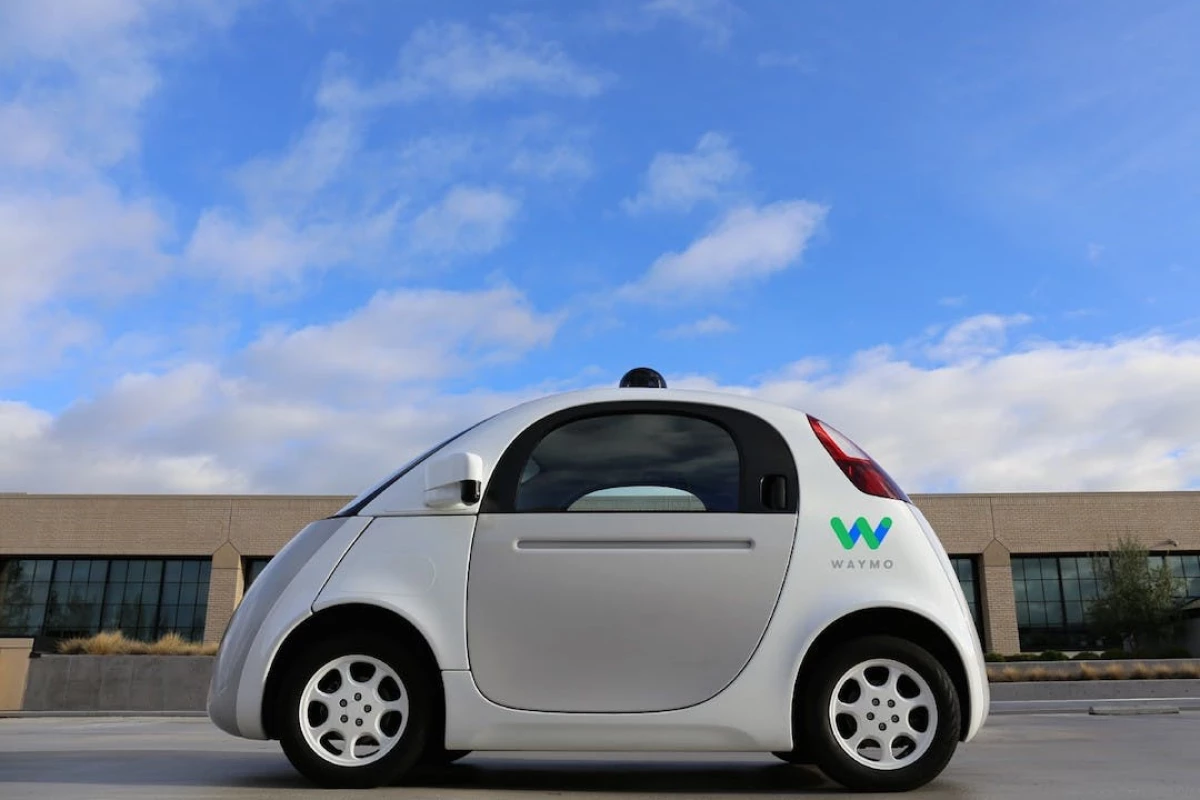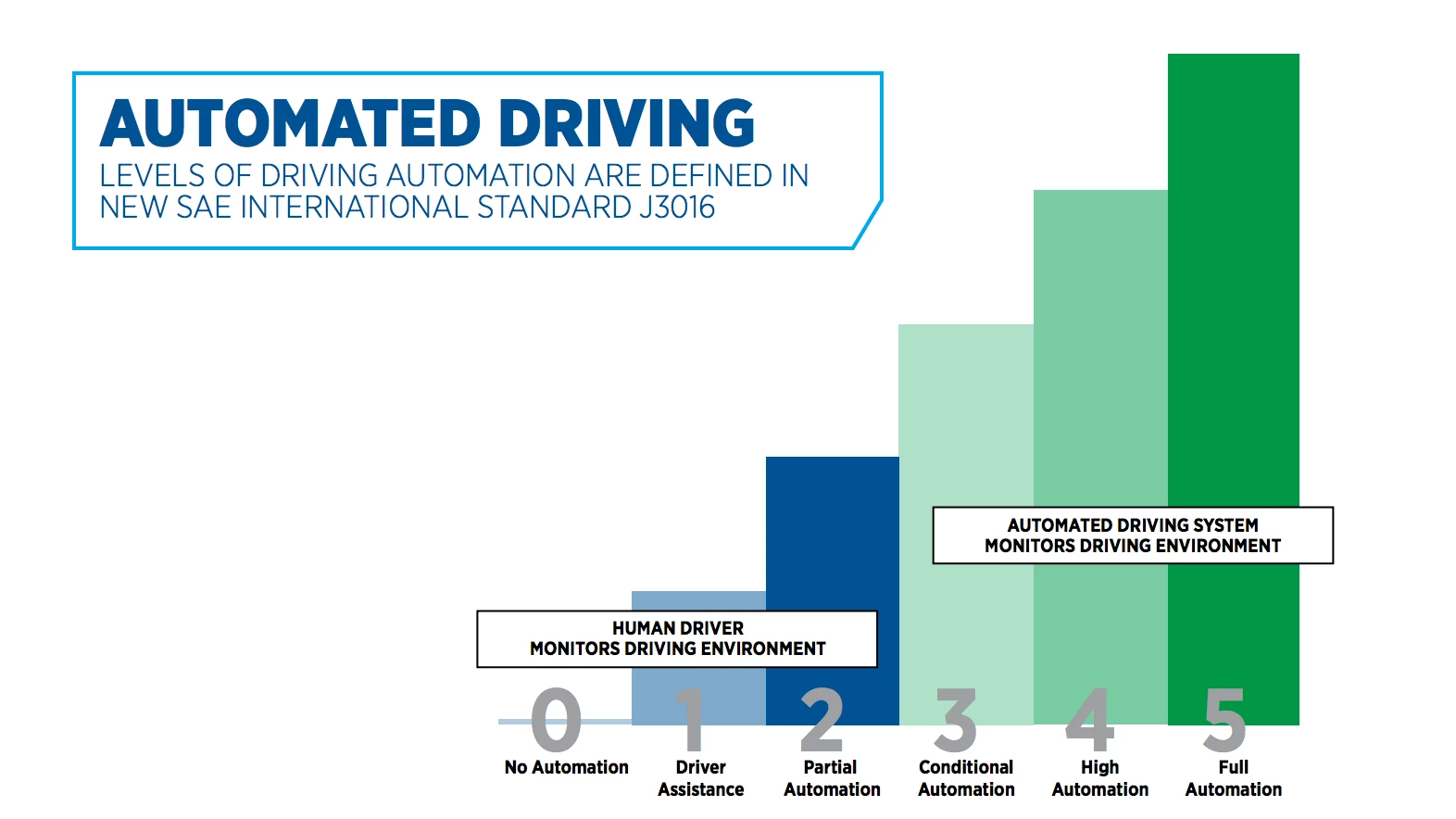As the self-driving car revolution continues apace, you're going to hear a lot more about autonomous cars, and which of six "autonomy levels" they're at. So here's a quick primer on what each autonomy level means, from the fully human level 0 to the completely autonomous level 5.
The concept of "autonomy levels" was originally published by the international Society of Automotive Engineers (SAE) in 2014, as part of its "Taxonomy and Definitions for Terms Related to On-Road Motor Vehicle Automated Driving Systems" report, in which the industry body began to develop a language we could use to talk about this burgeoning field.
The report outlined six levels of autonomy that automakers would need to achieve on their way to building the no-steering-wheel self-driving bubble pods of the future. And in September 2016, the National Highway Traffic Safety Administration (NHTSA) ditched its own formal classification system released in 2013 and adopted the SAE standard.
The levels outlined in the SAE system are:
Level Zero: No Automation
You drive it. Acceleration, braking and steering are all controlled by a human driver at all times, even if they're assisted by warning tones or safety intervention systems. If your car has automated emergency braking, for example, it can still be viewed as level zero.
Level One: Driver Assistance
Hands on the wheel. In certain driving modes, the car can either take control of the steering wheel or the pedals. The best examples of level one automation are adaptive cruise control and park assist. The computer is never in control of both steering and acceleration/braking.
Level Two: Partial Automation
Hands off the wheel, eyes on the road. A level two vehicle has certain modes in which the car can take over both the pedals AND the wheel, but only under certain conditions, and the driver must maintain ultimate control over the vehicle. This is where Tesla's Autopilot has been at since 2014.
Level Three: Conditional Automation
Hands off the wheel, eyes off the road – sometimes. In a level 3 vehicle, the car has certain modes that will fully take over the driving responsibilities, under certain conditions, but a driver is expected to retake control when the system asks for it. This car can decide when to change lanes, and how to respond to dynamic incidents on the road, but uses the human driver as the fallback system. These are dangerous waters in terms of liability, and automakers are more or less trying to skip over it and move straight to level four.
Level Four: High Automation
Hands, off, eyes off, mind off – sometimes. A level four vehicle can be driven by a human, but it doesn't ever need to be. It can drive itself full time under the right circumstances, and if it encounters something it can't handle, it can ask for human assistance, but will park itself and put its passengers in no danger if human help isn't forthcoming. At this point, you're looking at a true self-driving car. This is the level Google/Waymo's test cars have been operating at for a number of years now.
Level Five: Full Automation
Steering wheel is optional. The front seats might face backwards to make this a social space, because the car neither needs nor wants your help. Full-time automation of all driving tasks on any road, under any conditions, whether there's a human on board or not.
These levels are a useful way to track what's happening as we make the transition from human to robot drivers – a transition that will have enormous repercussions for the way we live, work and travel in the future.
Source: SAE International






